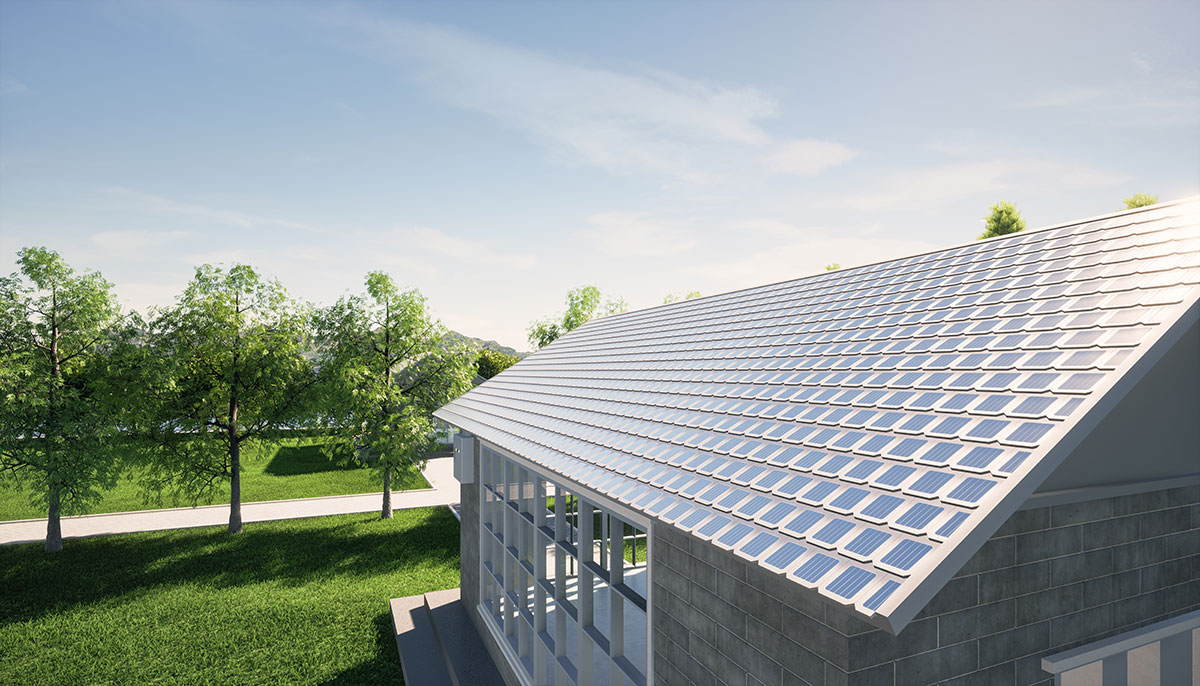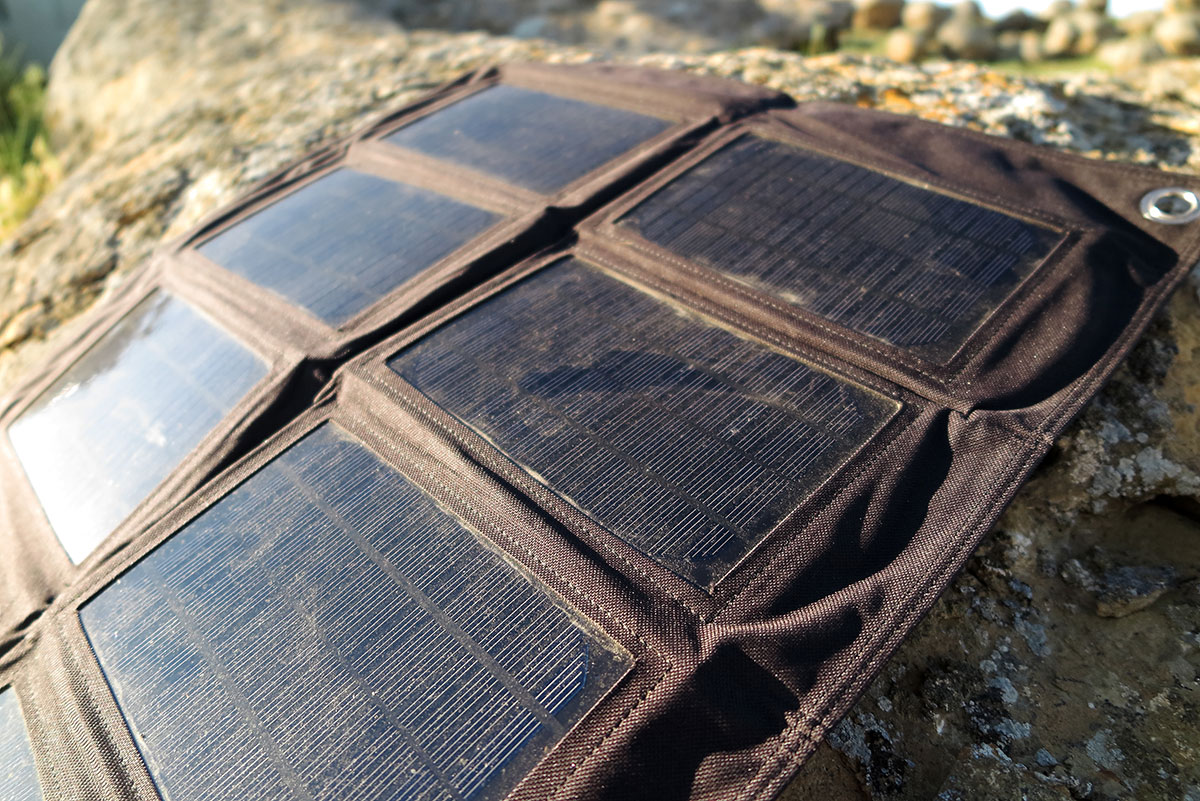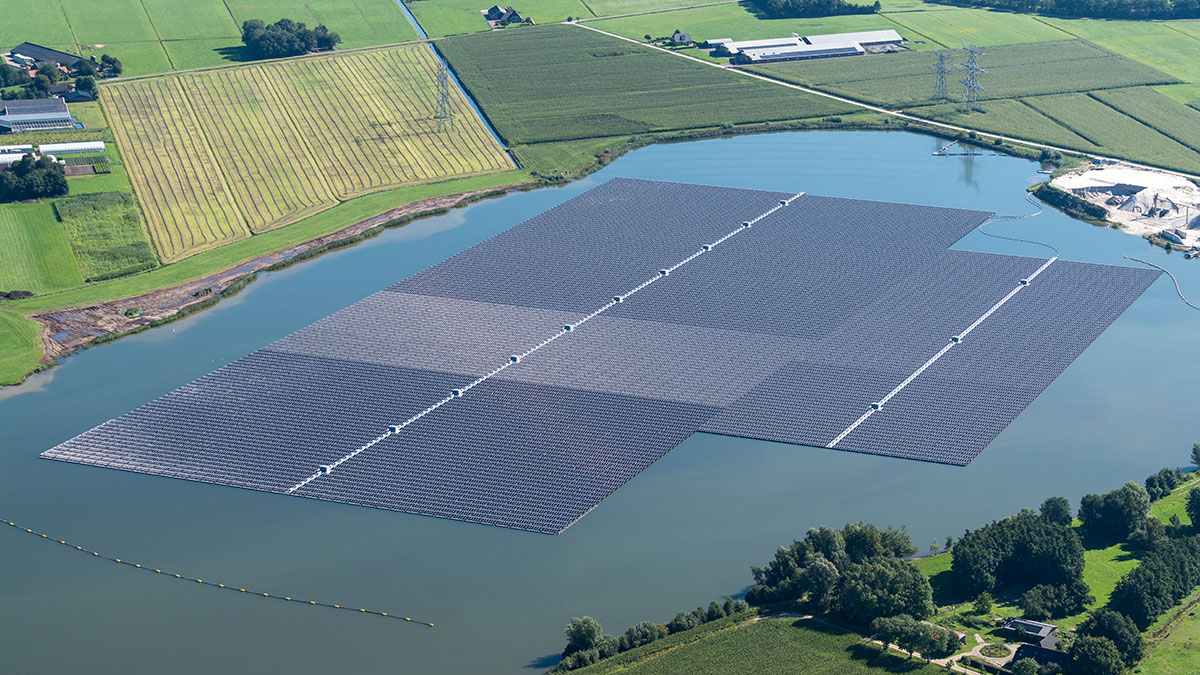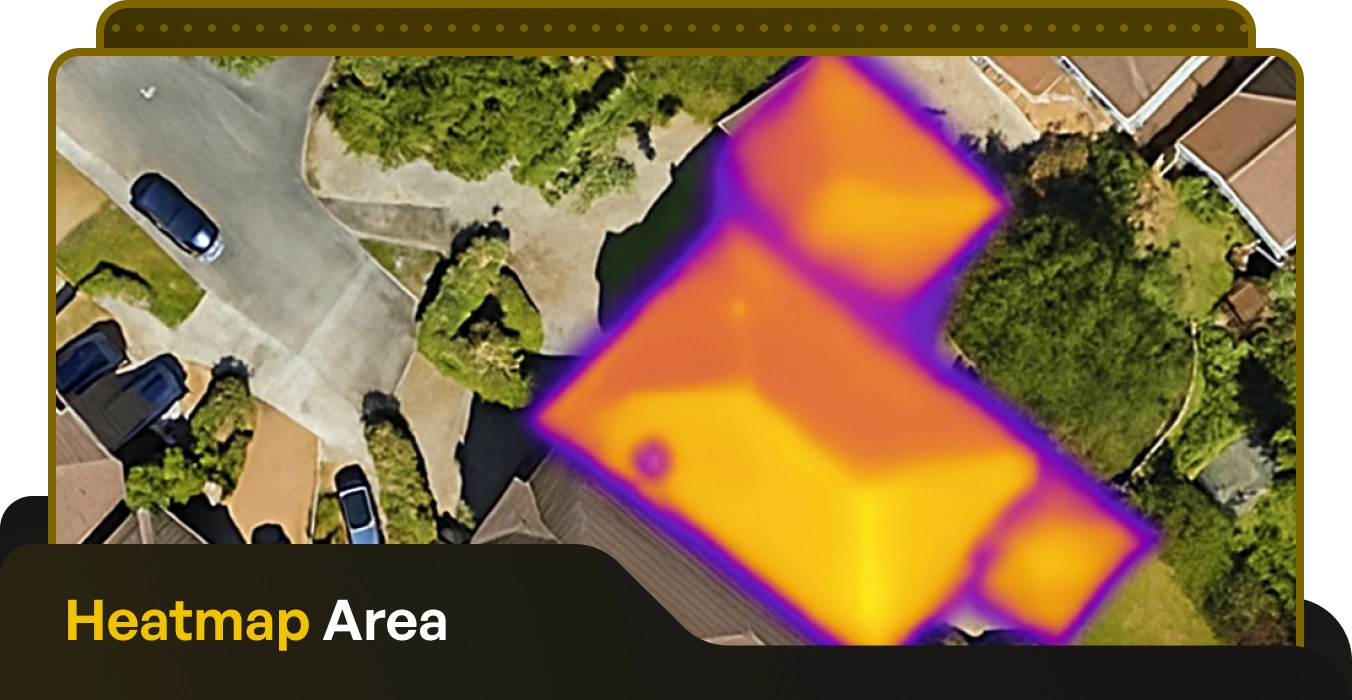The Future of Solar Panels in 5 Predictions

Written by: Michael Malone
Published: July 3, 2024
Last updated: October 19, 2025
Reading time: 3 mins
Photovoltaic solar panels have taken a strong foothold in Ireland and across the world, with governments incentivising their citizens to make the switch to the renewable energy source in an attempt to decrease global CO2 emissions from the burning of fossil fuels such as coal and oil. The green revolution is well underway — but what about the future of solar energy?
The global energy market is volatile to say the least, with conflicts, recessions, energy crises and climate policy all playing a key role in what the future of renewable energy will look like. But ultimately, the future of renewable energy, and in particular solar panels, looks bright.
There are several exciting solar technologies predicted to make an impact in the near future, so here we’ll discuss five solar predictions, exploring the possible directions solar power could take going forward, allowing you to future-proof your home.
1. The Cost of Solar Skins Decreases
Solar skins epitomise the perfect blend of aesthetics and functionality. A solar skin is essentially a layer (skin) with a graphic or design which can be placed over a traditional PV solar panel.
They allow people to customise their solar panels so that they fit the aesthetics of their home or other building, without the solar panels losing their ability to produce electricity.
Homeowners put off by the appearance of solar panels might be especially attracted to the idea of solar skins. They could also further increase the value of a home by marrying free electricity with an aesthetically pleasing design.
And as with many new technologies, costs tend to decrease over time, meaning solar skins could be a widespread feature on homes with solar panels in the years to come.
2. Building-Integrated Photovoltaics
Most homeowners in Ireland with solar panels installed have roof-mounted structures – meaning their array of solar panels fits into a rack which is attached to their roof. But what if the roof itself was made of photovoltaic solar panels?
BIPV — building-integrated photovoltaics — are photovoltaic materials that are used in place of conventional building materials on parts of new builds such as roofs, skylights and facades. They are becoming increasing popular for those constructing new buildings, allowing them to offset their energy costs entirely or partially.

Pros of BIPV
One advantage of building-integrated photovoltaics over more common systems which are not integrated, i.e, rack mounted PV structures, is that the initial costs can be offset by cutting the costs of labour and materials.
BIPV also allows for more a more widespread solar adoption when the building’s aesthetics are important.
Cons of BIPV
Performance and costs are two of the main challenges facing BIPV and will determine whether they become more widespread in the future.
Performance issues stem from BIPV having lower heat dissipation capabilities than rack-mounted PV, and its higher temperatures can decrease efficiency, putting people who want to future-proof their homes off the idea.
The high upfront investment in BIPV systems is another challenge. As well as the components, the integrated nature of BIPV solar systems increases the building design’s complexity, ramping up costs.
3. Solar Fabrics are in Fashion
On the more bizarre end of the predictions’ spectrum are solar fabrics, which could change the face of wearable electronics, and perhaps even fashion.
These clothes with photovoltaic PV cells integrated into the fabric could power smartphones, headphones, or other electronic devices in the future, meaning no more scrambling around trying to find a charger when your phone dies.
Solar cell fabric has embedded PV cells which generate electricity when exposed to light, in the same way that traditional solar panels do.
Ultra-light, ultra-thin, fabric solar cells are thinner than a human hair and are one-hundredth of the weight of a traditional solar panel. They can transform almost any surface into a source of green energy, and could be huge in the future.

4. The Growth of Perovskite Panels
While photovoltaic solar panels with standard silicon cells have an efficiency rate of around 21%, laboratory perovskite cells have efficiencies of almost 26%, and as much as 31% for perovskite cells combined with silicon.
The efficiency of these thin-film solar panels has seen enormous growth over the past decade, and they are now being developed by companies around the world.
Despite this, the rise of perovskite panels depends on the technology overcoming a number of challenges including its durability and manufacturability.

5. ‘Floatovoltaics’
Silicon panels are not only becoming more efficient each year, but also cheaper. While their presence on dry land is nothing new, ‘floatovoltaics’ could be the next big thing.
As the name suggests (a portmanteau combining float and photovoltaics), it refers to solar panel systems on bodies of water such as reservoirs or dams.
These solar farms can create vast amounts of electricity without the need for precious real estate and the installation costs are less than land-based photovoltaic panels.
They also have an added benefit of potentially aiding water management by reducing the loss of water to evaporation, limiting air circulation and blocking sunlight from the water’s surface.

Get a Quote
To join thousands of people across Ireland in the solar revolution today, take Energy Efficiency’s quick and easy online assessment to get a FREE quote.
The Future of Solar Panels in 5 Predictions
Published: July 3, 2024
Last updated: October 19, 2025

Written by: Michael Malone
Reading time: 3mins
Photovoltaic solar panels have taken a strong foothold in Ireland and across the world, with governments incentivising their citizens to make the switch to the renewable energy source in an attempt to decrease global CO2 emissions from the burning of fossil fuels such as coal and oil. The green revolution is well underway — but what about the future of solar energy?
The global energy market is volatile to say the least, with conflicts, recessions, energy crises and climate policy all playing a key role in what the future of renewable energy will look like. But ultimately, the future of renewable energy, and in particular solar panels, looks bright.
There are several exciting solar technologies predicted to make an impact in the near future, so here we’ll discuss five solar predictions, exploring the possible directions solar power could take going forward, allowing you to future-proof your home.
1. The Cost of Solar Skins Decreases
Solar skins epitomise the perfect blend of aesthetics and functionality. A solar skin is essentially a layer (skin) with a graphic or design which can be placed over a traditional PV solar panel.
They allow people to customise their solar panels so that they fit the aesthetics of their home or other building, without the solar panels losing their ability to produce electricity.
Homeowners put off by the appearance of solar panels might be especially attracted to the idea of solar skins. They could also further increase the value of a home by marrying free electricity with an aesthetically pleasing design.
And as with many new technologies, costs tend to decrease over time, meaning solar skins could be a widespread feature on homes with solar panels in the years to come.
2. Building-Integrated Photovoltaics
Most homeowners in Ireland with solar panels installed have roof-mounted structures – meaning their array of solar panels fits into a rack which is attached to their roof. But what if the roof itself was made of photovoltaic solar panels?
BIPV — building-integrated photovoltaics — are photovoltaic materials that are used in place of conventional building materials on parts of new builds such as roofs, skylights and facades. They are becoming increasing popular for those constructing new buildings, allowing them to offset their energy costs entirely or partially.

Pros of BIPV
One advantage of building-integrated photovoltaics over more common systems which are not integrated, i.e, rack mounted PV structures, is that the initial costs can be offset by cutting the costs of labour and materials.
BIPV also allows for more a more widespread solar adoption when the building’s aesthetics are important.
Cons of BIPV
Performance and costs are two of the main challenges facing BIPV and will determine whether they become more widespread in the future.
Performance issues stem from BIPV having lower heat dissipation capabilities than rack-mounted PV, and its higher temperatures can decrease efficiency, putting people who want to future-proof their homes off the idea.
The high upfront investment in BIPV systems is another challenge. As well as the components, the integrated nature of BIPV solar systems increases the building design’s complexity, ramping up costs.
3. Solar Fabrics are in Fashion
On the more bizarre end of the predictions’ spectrum are solar fabrics, which could change the face of wearable electronics, and perhaps even fashion.
These clothes with photovoltaic PV cells integrated into the fabric could power smartphones, headphones, or other electronic devices in the future, meaning no more scrambling around trying to find a charger when your phone dies.
Solar cell fabric has embedded PV cells which generate electricity when exposed to light, in the same way that traditional solar panels do.
Ultra-light, ultra-thin, fabric solar cells are thinner than a human hair and are one-hundredth of the weight of a traditional solar panel. They can transform almost any surface into a source of green energy, and could be huge in the future.

4. The Growth of Perovskite Panels
While photovoltaic solar panels with standard silicon cells have an efficiency rate of around 21%, laboratory perovskite cells have efficiencies of almost 26%, and as much as 31% for perovskite cells combined with silicon.
The efficiency of these thin-film solar panels has seen enormous growth over the past decade, and they are now being developed by companies around the world.
Despite this, the rise of perovskite panels depends on the technology overcoming a number of challenges including its durability and manufacturability.

5. ‘Floatovoltaics’
Silicon panels are not only becoming more efficient each year, but also cheaper. While their presence on dry land is nothing new, ‘floatovoltaics’ could be the next big thing.
As the name suggests (a portmanteau combining float and photovoltaics), it refers to solar panel systems on bodies of water such as reservoirs or dams.
These solar farms can create vast amounts of electricity without the need for precious real estate and the installation costs are less than land-based photovoltaic panels.
They also have an added benefit of potentially aiding water management by reducing the loss of water to evaporation, limiting air circulation and blocking sunlight from the water’s surface.

Get a Quote
To join thousands of people across Ireland in the solar revolution today, take Energy Efficiency’s quick and easy online assessment to get a FREE quote.
Solar Energy Saves Households Thousands in Electricity Costs
Take our 2-minute questionnaire and find affordable solar options to suit your budget and lifestyle.



